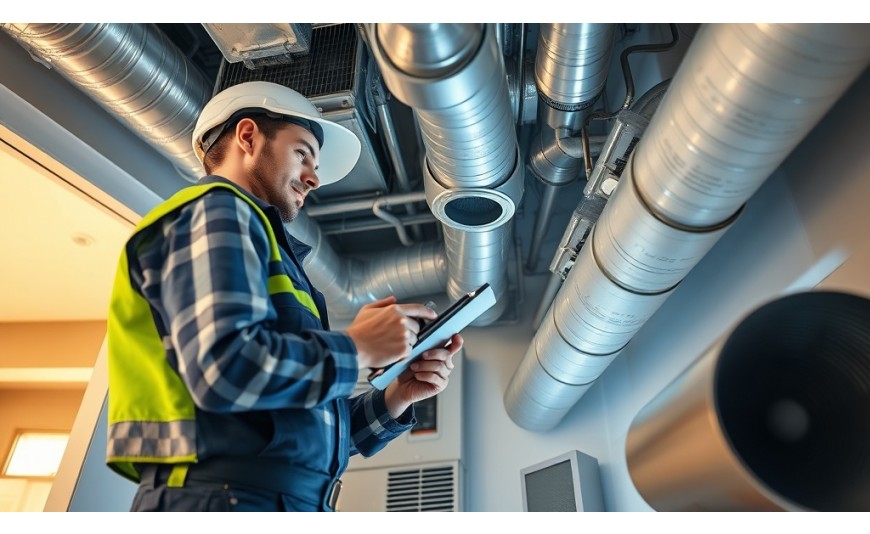
In our quest for comfortable living and working environments, we often overlook one of the essential components that play a crucial role in maintaining indoor air quality and energy efficiency: our ductwork. Whether you’re a homeowner or a business owner, understanding the importance of regular duct inspections can lead to healthier indoor environments, lower energy bills, and a longer lifespan for your HVAC systems. In this blog post, we will explore the necessity for regular duct inspections, provide real-world insights, and discuss both historical and modern-day implications.
What Are Ducts and Why Are They Important?
Ducts are conduits or passages used in heating, ventilation, and air conditioning (HVAC) to deliver and remove air. The purpose of ductwork is to ensure acceptable indoor air quality as well as thermal comfort.
The Historical Evolution of Duct Systems
Duct systems have evolved significantly over the years. In the early days of architecture, natural ventilation methods were used to circulate air. However, as buildings became more complex and energy efficiency became a priority, engineered duct systems were developed. Today’s advanced HVAC systems are engineered for optimal performance, but they rely heavily on well-maintained ducts to function effectively.
The Modern-Day Importance of Duct Systems
In modern buildings, ductwork is essential for maintaining indoor air quality, which is crucial for occupant health. Poor air quality can lead to a variety of health issues, such as allergies, asthma, and other respiratory conditions. Furthermore, efficient duct systems contribute to energy savings, which is a significant concern in today's environmentally conscious world.
Why Regular Duct Inspections Matter
While ducts are a fundamental component of HVAC systems, they’re often out of sight and out of mind. Unfortunately, this can lead to a range of problems if they are not regularly inspected and maintained.
Health Concerns
- Allergens and Pollutants: Dust, pollen, and other pollutants can accumulate in ductwork over time. If these are not regularly cleaned out, they can circulate throughout the home or business, exacerbating allergies and respiratory issues.
- Mold and Mildew: Damp and humid conditions can lead to mold and mildew growth within ducts. These can cause serious health risks, particularly for individuals with compromised immune systems.
Energy Efficiency
- Increased Energy Costs: Leaky or clogged ducts force HVAC systems to work harder, leading to increased energy consumption and higher utility bills.
- Reduced System Efficiency: When ducts are not operating efficiently, it can shorten the lifespan of HVAC systems, leading to costly repairs and replacements.
Real-World Scenarios
Consider a bustling office environment where productivity is paramount. In such a scenario, poor indoor air quality due to neglected ducts can lead to increased sick days and reduced employee efficiency. Alternatively, imagine a homeowner with a central heating system; neglected ducts filled with debris can lead to uneven heating, uncomfortable living conditions, and skyrocketing energy bills.
Steps Involved in a Duct Inspection
Conducting regular duct inspections involves several critical steps:
-
Visual Inspection: This is the first step where a professional will visually inspect the ductwork for obvious signs of damage or wear.
-
Airflow Testing: To ensure that air is flowing through the ducts efficiently, pressure tests may be conducted to detect leaks or blockages.
-
Contaminant Assessment: Professionals will check for the presence of dust, pollen, mold, and other contaminants.
-
System Efficiency Analysis: Evaluation of the overall efficiency of the HVAC system, considering factors like age, type, and condition of the ductwork.
Current Trends in Duct Inspection
With increasing awareness about the importance of indoor air quality and energy efficiency, several trends have emerged in the field of duct inspections:
Use of Technology
- Robotics and Drones: Advanced technology, such as robotic cameras and drones, allows for more thorough inspections of otherwise hard-to-reach areas.
- Smart Monitoring Systems: Some modern HVAC systems come equipped with sensors that can alert users to potential duct issues in real-time.
Eco-Friendly Practices
- Green Cleaning Solutions: Environmentally friendly cleaning agents are being used more frequently to minimize the ecological footprint of duct maintenance.
The Future of Duct Inspections
As technology continues to advance, the future of duct inspections looks promising:
Integration with Smart Home Systems
Duct systems may soon integrate more seamlessly with smart home technology, allowing homeowners and businesses to monitor and manage their indoor air quality remotely.
Enhanced Sustainability
With a global push towards sustainability, future duct systems may be designed to be more energy-efficient and environmentally friendly, incorporating materials that are not only durable but also sustainable.
Conclusion
Regular duct inspections are a vital aspect of maintaining a healthy and efficient indoor environment, whether at home or in a business setting. By understanding the significance of ductwork, the health and economic implications of neglect, and staying abreast of emerging trends, homeowners and business owners can make informed decisions about their HVAC systems.
In conclusion, don't let your ducts remain out of sight and out of mind. Regular inspections and maintenance can save money, improve health, and contribute to a more sustainable future. So, whether you’re dealing with a historic building with aging infrastructure or a modern office with cutting-edge technology, make duct inspections a priority. Your lungs—and your wallet—will thank you.


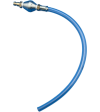
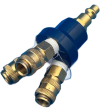
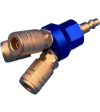
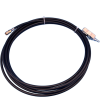






Write a comment